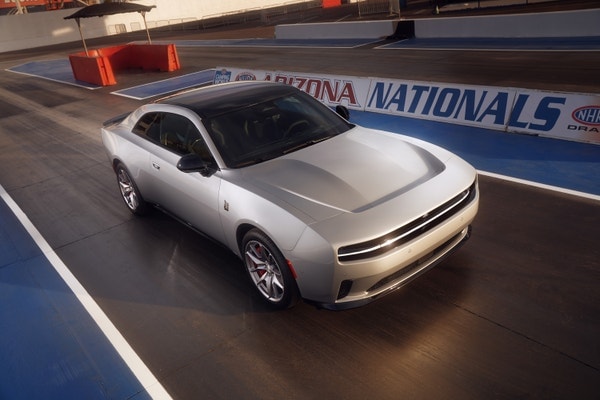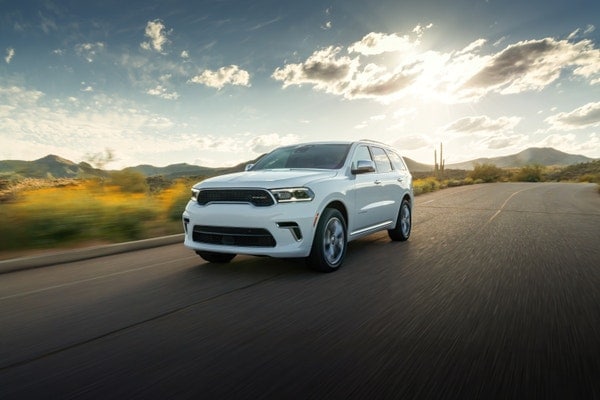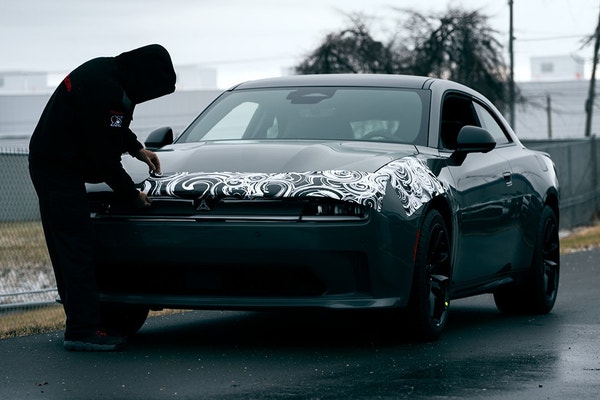Used 2017 Dodge Viper GT Coupe Review
Consumer reviews
There are no consumer reviews for the 2017 Dodge Viper GT Coupe.
Edmunds Summary Review of the 2017 Dodge Viper GT Coupe
Pros & Cons
- Pro:Massive V10 engine produces a ludicrous amount of power
- Pro:Handles like a purpose-built race car
- Pro:Infotainment interface is easy to use and connect your smartphone with
- Pro:It's arguably the last unfiltered and unapologetic sports car left
- Con:Ride quality is very stiff
- Con:outward visibility is poor
- Con:Firm seats can be uncomfortable after time
- Con:Entry/exit is extremely difficult for drivers and passengers
- Con:Poor fuel economy, even for a high-performance sports car
Full Edmunds Review: 2017 Dodge Viper Coupe
Driving
Plenty of sports cars are fast, but very few are as savage and raw as the 2017 Dodge Viper. Power is delivered with a brutish grunt, and the comically wide rear tires struggle for traction every time you mash the throttle. Rather than a computer-controlled precision machine, the Viper feels more like a hammer. It's a blunt tool with a singular goal: speed.
High-speed corners can be thrilling, but the Viper is long and wide, with a particularly claustrophobic cabin, making it feel unyielding on the road. There's still plenty of fun to be had, with lots of grip and more power than you can responsibly use on open roads, but it takes a lot of skill to control this V10-powered beast. For drivers interested in the full race-car experience, the ACR trim makes the Viper an even more capable machine, with stickier tires and aero enhancements.
If, for some reason, you're interested in having a Viper as your daily driver, you might want to think again. It's livable, but only just. Every bump, crack and imperfection in the pavement makes it into the cabin. On the highway, the loud V10 drones on, which can get especially tiresome on road trips. And at slow speeds, the Viper's heavy steering makes it extremely difficult to maneuver.
Interior
Though it's a far cry from the bare-bones Vipers of the past, this third-generation Viper still trails behind other similarly priced sports cars in many aspects. You'll find several soft-touch surfaces and quality materials throughout the cabin, but similarly priced competitors do much better. Essentially, the Viper's pricing puts it up against some seriously upscale sports cars, and the interior doesn't reflect that. One bright spot is the the Uconnect infotainment interface, which is one of the better systems available for ease of use and responsiveness.
Getting in and out of the Viper is, at the very least, less than graceful. Depending on your height, there's a clumsy drop into the seats or a two-handed climb required to get out of them. The Viper's cabin is cramped, so taller occupants (over 6 feet, for instance) might have fitment problems. Lateral space is also at a premium since the wide transmission tunnel keeps things very tight. Drivers and passengers that decide on shorts or a dress will have to be cautious too, as the Viper's side exhaust pipes get extremely hot and stepping over them is required to get out of the car.
Visibility is limited, with the combination of a very low roof line and a high beltline (the bottom of the windows) that makes you feel as though you're peeking through a mail slot to see out of the car. Side visibility is compromised by wide roof pillars. Looking back isn't easy either, and the tiny hatch forces heavy reliance on the rearview camera. On paper, the 14.7-cubic-foot trunk capacity is generous, but that's only if you pile your cargo to the roof. The usable space is really limited to a narrow well behind a massive hump. In the passenger compartment, storage is also light, with a few small pockets and bins. Our best advice is to pack light.
Edmunds Insurance Estimator
The Edmunds TCO® estimated monthly insurance payment for a 2017 Dodge Viper in Ohio is:
not available


